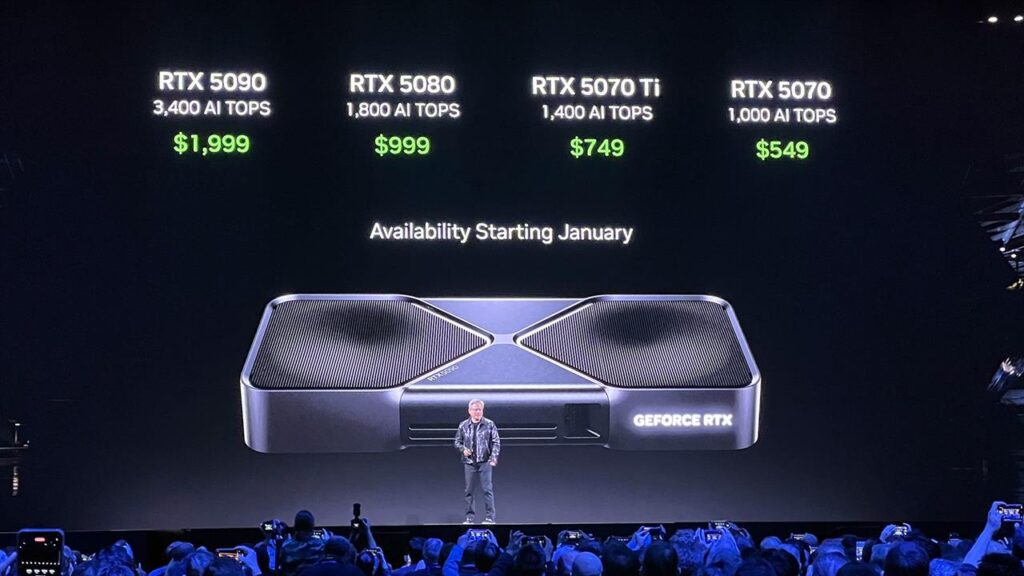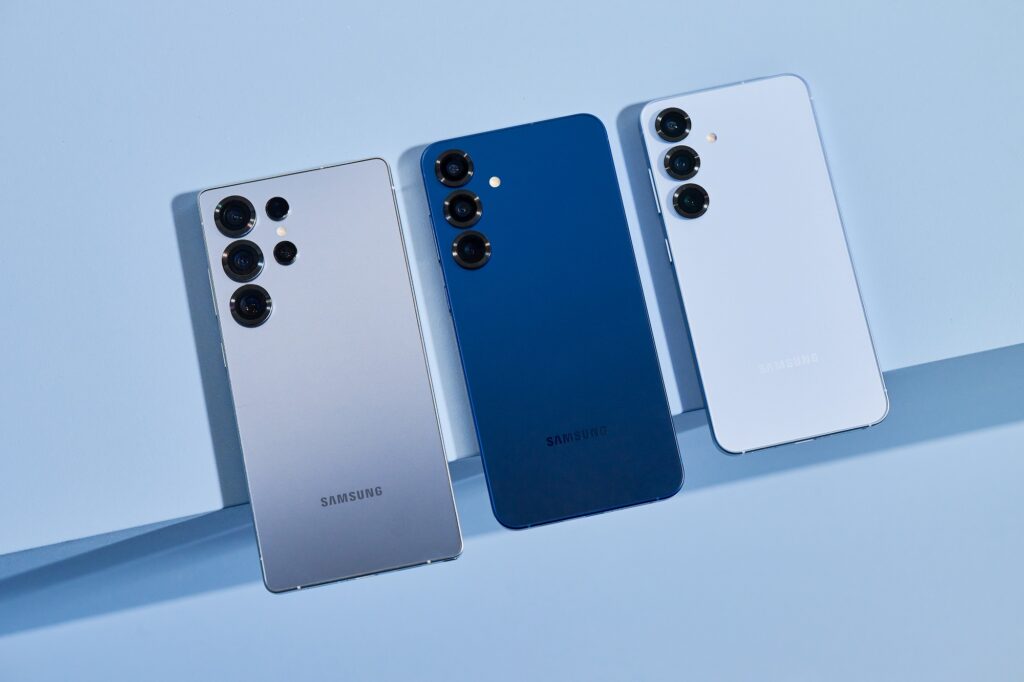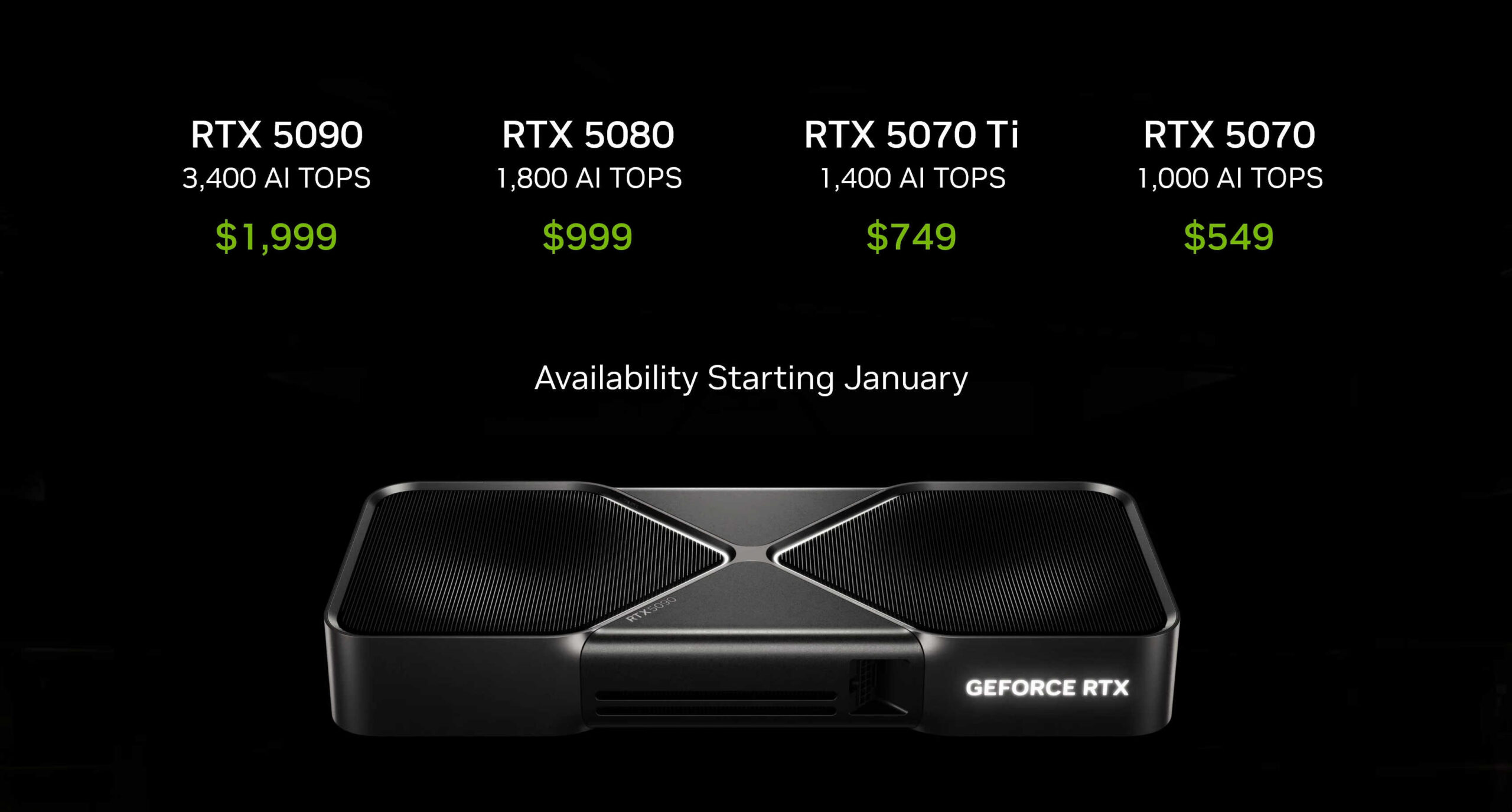It has been a while. I tried to do weekly newsletters, but I got too busy to do it weekly, so now I’m going to do it whenever I want. I still want it to be weekly, but I am not making any promises. I will also be going back to my roots and creating short-and-sweet content. I thought providing full articles from other sources would be better than short, summarized content, but it’s not. Additionally, this method of doing things takes away from the original source and I no longer want to cannibalize off of someone’s hard work. Summarizing content provides the important information, not the usual SEO garbage. I want to provide useful, ad-free information. Also, this is a passion project and copy-pasting content from other websites is not fulfilling. I will still be providing sources for the people who want it (even though no one reads my website). If you are a human reading this, consider making an account on this website. Post something on the forum that on one uses or direct message me with ideas or topics to write about. Now, on to the tech news from the past two months.

The next generation of Nvidia graphics cards were announced at CES in Las Vegas. In an hour and a half long keynote (which you definitely shouldn’t watch unless you want to hear a billionaire awkwardly talk about his leather jacket), CEO Jensen Huang announced the 5090, 5080, 5070 Ti, and 5070. Since Nvidia is the largest GPU manufacturer in the world, there was a lot of hype behind these GPUs. With the exception of the 5090s $400 price increase, the other cards stayed the same price or got a little cheaper compared to last year, which is $1,999, $999, $749, and $549, respectively.
Community Controversy
Even at launch, the main controversy behind these cards is the emphasis on DLSS and frame generation. For those who don’t know, DLSS is Nvidia’s upscaling technology that renders a game at a lower resolution and then uses AI to upscale it to a higher resolution. Frame generation is exactly what it sounds like: the GPU is using AI to predict what the few frames should look like. Both of these methods increase the frame rate of games, but the community sees these technologies as “fake frames”. They are tired of the small performance increases when using traditional rendering technologies, aka “real frames”. Many people are also tired of AI being baked into everything these days.
RTX 50 Series Reviews
Due to their high prices, increased power draw, and lackluster performance increases, the PC community is disappointed by this generation of GPUs. While the performance improvement is there, it is negligible. The 5090 is around 30% faster then the 4090 while costing 25% more and drawing around 25% more power. The 5090 is basically a 4090 Super. The 5080 is worse. Compared to the cost-equivalent 4080 Super, the 5080 is about 18% faster while drawing 12% more power. The 5070 Ti is around 10% faster at around the same power draw. The 5070 is by far the worst out of all of them in terms of value. Many reviews showcase how the 5070 and 5070 Ti are extremely different cards despite the similar name. There are dozens of videos out there for these cards, and I encourage you to watch them as they go into more depth about these cards. Here are some that I recommend:
- LTTs videos (Includes charts and narrative)
- Gamers Nexus (Mostly charts)
- Mrwhosetheboss (entertaining and informational without graphs)
Despite the low demand for these cards, Nvidia still sold out of all of their stock. This is because they didn’t produce that many because they would rather sell GPUs to massive data centers for AI instead of regular consumers.
These two cards were originally announced at CES, but the launch was delayed to work on drivers and to see how well Nvidia’s options will perform. With Nvidia’s underwhelming launch and lack of stock, AMD seemed like a savior when they announced these two GPU’s with a claim of similar performance to the RTX 5070, but at a much lower price. What got people really interested was their promise of wide availability, which is what people wanted since no one could even buy a Nvidia GPU if they wanted one.
AMD’s offering this generation is two really good cards for their MSRP, especially the RX 9070 XT. It matched or outperformed the RTX 5070 Ti in most games despite costing $150 less. But, AMD still screwed it up in two ways. Firstly, the 9070 non-XT is drastically slower when compared to the 9070 XT. This would be okay if the lower spec card was cheaper. Currently, these two cards are only $50 apart, and anyone will gladly give up $50 to get significantly more performance. As LTT pointed out, this is so they can give their XT consumers the feeling of prestige of having a better GPU, and it also serves the purpose of being able to discount the 9070 since it will not sell as well as the 9070 XT.
The worst part of this launch was the false claim of wide-availability. AMD is still a small competitor in the GPU space. Nvidia has over 80% market share in the dedicated graphics market. If AMD could have foreseen that Nvidia’s 50 series was going to be super underwhelming, they would have ordered more cards, but since they can’t, they still played it safe. The worst part in all of this is the listed MSRP for these cards, $549 for the 9070 and $599 for the XT, are not even accurate. In order to hit these price points, AMD is giving GPU sellers a rebate for a limited time only. That means relatively few cards will actually be sold at MSRP, while the rest will be sold at whatever price it actually is. This could have been AMD’s time to shine, but they instead screwed. Not as bad as Nvidia, but still not what consumers expected.
There are dozens of videos out there for these cards, and I encourage you to watch them as they go into more depth about these cards. Here are some that I recommend:

The S25 series is mostly the same as the previous generation. The only major difference with these devices is the new Snapdragon 8 Elite SOC. This new processor is more efficient and around 30% faster than the previous chip. While there are few apps that can use the full performance, these gains will be seen in battery life improvements due to the increased efficiency.
The most enticing part of the S25 lineup is OneUI 7, Samsung’s custom skin for Android 15. Some of these features may be exclusive to the new phones, but I suspect most of them will come to previous phones. Since AI is the biggest buzz word right now, OneUI 7 comes with some new AI features. The Now Bar is kinda like the Dynamic Island on iPhones. This bar at the bottom of the lock screen will show useful information like timers. Google Gemini is now integrated with Samsung apps, so you can ask the assistant to look something up and add it to your Samsung Calendar. The last major feature is AI select, which shows suggestions on what to select on your screen.
There are a few controversies with these phones. The first is that there are very few changes for the past few iterations of the Galaxy S series of phones. Even though I wish there were major improvements with every generation, I personally don’t see this as a huge issue since most people tend to upgrade phones every 3 years, as found in a study by Statistica. People are also disappointed that other recent Android flagships have more features, such as a new battery technology that allows for higher capacity batteries. The other main controversy is the lack of Bluetooth on the integrated S Pen on the S25 Ultra. This removal would have saved Samsung barely any money, and the community is tired of large companies removing features just because few people used them.
Conclusion
If you like the style of Smasung’s operating system, then you should buy a Samsung phone. There is no point nowadays to upgrade every year, and I don’t want to be too overly negative about technology, but this phone is basically the same as the previous generation. I believe the price should have gone down if there are few changes, but the price remains the same across the line-up, which is $800 for the S25 128GB, $1000 for the S 25 Plus 256GB, and $1300 for the S25 Ultra 256GB.
If you want to see in-depth reviews of the S25 Series, I recommend MKBHD’s Review of the Ultra. It details the problems with the phone and highlights that it is still an amazing phone, just the current competition is making it look bad.

The iPhone 16e doesn’t make sense for most people. It is being marketed as a budget iPhone, but $600 is not a budget price point. The main purpose of this phone, as Dave2D and MKBHD pointed out, is to serve as a reason for people to upgrade to the iPhone 16 instead of the iPhone 16e. This phone doesn’t have magsafe for some reason or the ability to use the ultra wideband to locate FindMy devices. There is almost no reason for someone to choose the iPhone 16e over the iPhone 15 or for a used iPhone 14 Pro. Those phones will have a better screen, more cameras, and they will cost about the same on the used market.
If this phone stayed at the $429 price point that the previous iPhone SE started at, then this would be a different story. Even though this phone only has a single 48MP camera, it is coupled with the A18 SOC, which is the same processor (minus 1 GPU core) found in the iPhone 16 series, that will make the phone fast and gives it Apple Intelligence, even though I think no one is buying a phone strictly on whether it has AI. The screen is not as good as it still has a notch and it doesn’t get as bright as the latest iPhones, but OLED is a massive leap over the small LCD panel of the previous SE. This phone is the first to debut Apple’s C1 cellular chip. This chip has been in the works for 6 years after Apple spent over a billion dollars acquiring the modem division of Intel. This chip is more efficient, which, along with a bigger battery, gives the 16e one of the best battery lifes for an iPhone.
All Apple had to do was release this phone at a lower price and this conversation wouldn’t be happening right now. This phone is strictly to encourage people who want a new iPhone to opt for the iPhone 16 over the 16e. There is on one that would pick this phone over a previous iPhone on sale.
The UK government demanded that Apple open a backdoor in their encryption to allow the British security services to access it. Apple’s iCloud backups aren’t encrypted by default, but the Advanced Data Protection (ADP) option was added in 2022, and must be enabled manually. This uses end-to-end encryption so that not even Apple can view the data. This is what the UK government is demanded to be able to access.
Under the UK’s Investigatory Powers Act of 2016, the Home Office demanded blanket access to all files, not just a single user. This will compromise the security and privacy of all Apple users in the UK. Privacy, as Apple and most other people claim, is a fundamental right, and the UK government has taken away this right. The noble option that Apple should have taken is standing firm with their privacy cornerstone, but they didn’t.
Apple has stopped offering its end-to-end encrypted iCloud storage to new users in the UK, and will require existing users to disable the feature at some point in the future. Apple has appealed this order on March 14, and this hearing will be held in secret, which is very sketchy by the UK government.
I personally believe that the UK government is overstepping, and they should not be able to view encrypted files. I wish Apple did more to prevent the government from reading these files, but I appreciate their efforts in trying to appeal this order.

